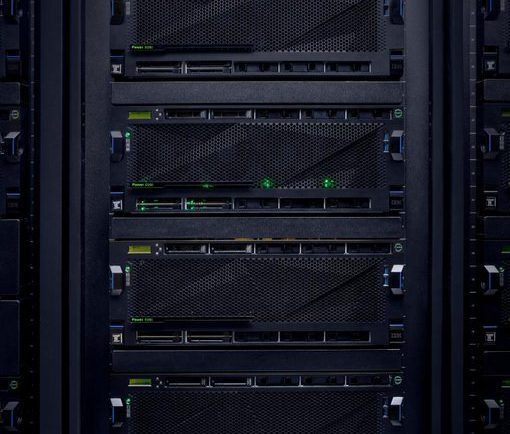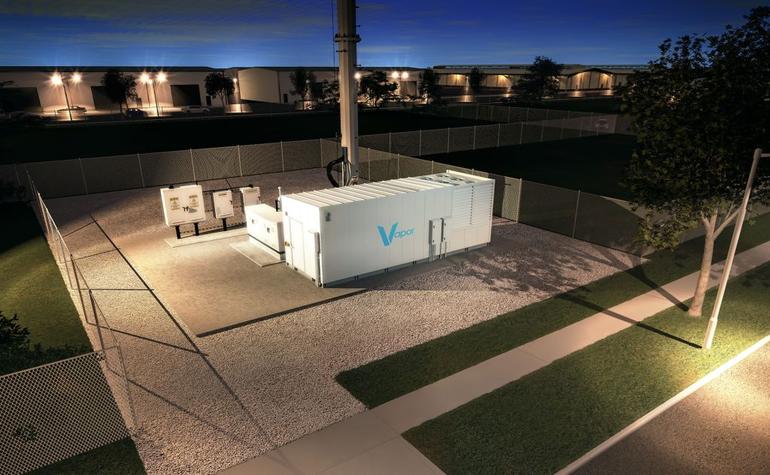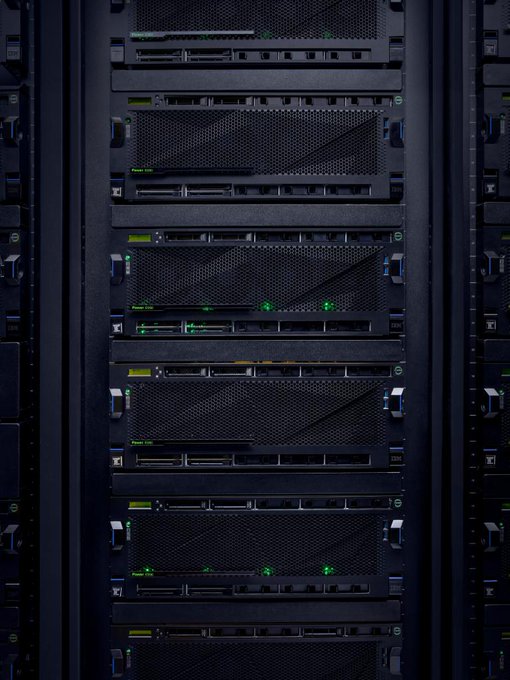
Demand for internet services sees no sign of slowing down as reliance on internet connected devices continues to rapidly grow. In fact, the number of internet-enabled devices is set to surge to 125 billion by 2030 from the current 27 billion, that’s an annual growth of 12%. All this will require ever more processing power, influencing how data centers are adapting for the future. New solutions surrounding data center architecture are in the works with IT professionals thinking outside the box to try and gain competitive advantage. Below are the 4 things we can expect from data centers in the future.
Edge Computing

Where’s the ‘edge’ in edge computing? Why it matters, and how we use it
Edge computing is not here to replace the cloud but many edge solutions are currently in development to supplement cloud and data center services. This decentralized approach has been adopted by organizations to better address current strains on digital infrastructure. A large increase of data volume inevitably comes with inefficiency of streaming and processing the information through cloud or data centre services. Decentralization of resource processing is giving rise to micro-data centres with wider distribution models, currently responsible for 10% of data processing.
Converged Technologies
The architecture of 4D Data Centers is undergoing a transformation. Converged and hyper-converged infrastructure (CI and HCI) solutions will be utilized more often to lessen challenges around administration, issues with scale, and more. It’s all about simplification, facilitating more agile business processes. This will be combined with services that include ability to expand into the cloud and containers. Converged technologies must be considered by designers undertaking data centre optimisation, edge computing, or attempting to simplify how 4D data centres are managed.
All-Flash Solutions

Flash deployments growing their presence in data centers and in the cloud
All-flash solutions are fast replacing the less efficient rows of spinning disks that typically populate data centres. This is having a positive overall effect on data center design as replacing legacy spinning disks produces energy and cooling savings that are highly cost beneficial. This increased efficiency has allowed some organizations to reduce the amount of spinning disk racks to just a few units, hinting that this will be a solution for the future.
Hybrid

The Hybrid Data Center: Bridging Legacy & Cloud
The hybrid approach, or hybrid cloud, is becoming more common as the market for cloud services continues to grow. In fact, cloud computing is one of the most disruptive forces in current IT spending. A hybrid system combines cloud-based, on-premise, and third-party services, allowing for an easy shift between private and public clouds. One of the benefits is the extra layer of security that can be given to sensitive data despite the perception that cloud is less secure than private data centres.
Whatever other trends emerge one of them remains constant: reliance on data centres. This has been made clear by Brexit, which so far has had no obvious impact on data centre business at a time when so many other businesses are dealing with the uncertainty of the looming Brexit deadline.




